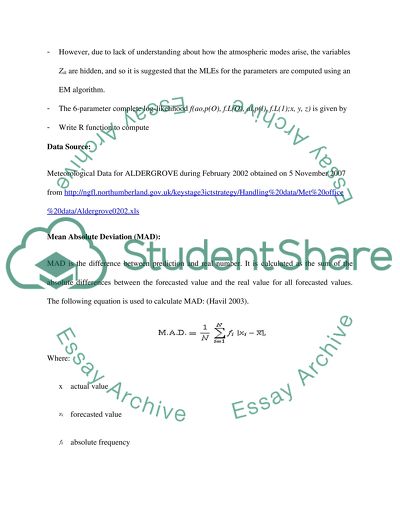Cite this document
(“Statistical computation of maximum likelihood estimates using R Math Problem”, n.d.)
Retrieved from https://studentshare.org/miscellaneous/1514461-statistical-computation-of-maximum-likelihood-estimates-using-r
Retrieved from https://studentshare.org/miscellaneous/1514461-statistical-computation-of-maximum-likelihood-estimates-using-r
(Statistical Computation of Maximum Likelihood Estimates Using R Math Problem)
https://studentshare.org/miscellaneous/1514461-statistical-computation-of-maximum-likelihood-estimates-using-r.
https://studentshare.org/miscellaneous/1514461-statistical-computation-of-maximum-likelihood-estimates-using-r.
“Statistical Computation of Maximum Likelihood Estimates Using R Math Problem”, n.d. https://studentshare.org/miscellaneous/1514461-statistical-computation-of-maximum-likelihood-estimates-using-r.


